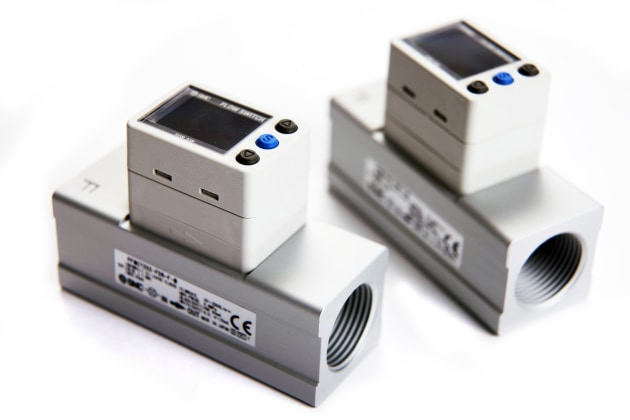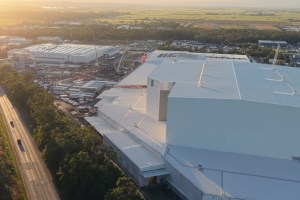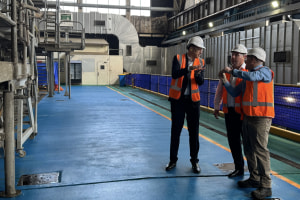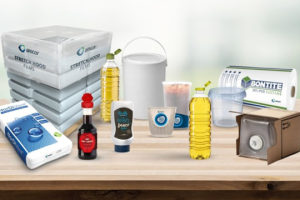Compressed air energy is a significant cost to the dairy industry. SMC Corporation Australia New Zealand key account manager Paul Grantham explains how savings can be made. This article was first published in Food & Drink Business September/October 2020.
In many areas of production, more than 20 per cent of compressed air energy can be attributed to waste.
As with many industries, a key strategy to reduce this waste should include an analysis of existing energy consumption and identifying strategies to reduce waste and often excess energy necessary to efficiently consume compressed air.
Inefficient compressed air demand that leads to wasted energy includes higher than necessary flow rates, excessive pressure leading to higher pressure drops, and high leakage rates.
SMC has long been an advocate for – and developer of – energy saving technologies. Through this, it has developed a four-step plan for the dairy industry to realise energy saving opportunities.
1. Visualise or identify
SMC works with the customer to understand their compressed air utilisation and any potential for energy savings. Initially, we look at base line data or work with the customer to collect this information. It is here that SMC’s monitoring equipment including flow meters and pressure sensors come into play.
2. Analyse
The data is then analysed and related to the compressed air processes to identify where the most significant energy savings can be realised. This efficient and structured review process means the cost of improvements can usually be significantly reduced. Often, small changes can make a big difference.
3. Implement
Having identified and analysed the processes using real data, it is possible to incorporate energy saving techniques to compressed air processes. Monitoring components such as flow meters and pressure sensors improve visibility and feedback on energy consumption, allowing customers to make informed decisions and efficiently manage their current and future consumption.
4. Improve
Once the smart technology is implemented, we continuously review the processes and savings to identify the next opportunity for improvement. Any change is checked against the base line data to quantify the savings. This can be an ongoing partnership between SMC and the client.
Recently, SMC established its Energy Conservation Group to worth with customers globally on initiatives and solutions to deliver efficiencies, process improvements and reduced costs.
Its PF3A series is suited to the dairy industry, offering an IO-Link digital flow switch with two-screen display.
It is compact in size and offers improved display visibility, a built-in temperature sensor, enhanced energy savings and is IP65 compliant.
More than just identifying efficiencies, SMC takes a long-term approach working with clients to also identify management and control solutions, ensuring savings are retained.






